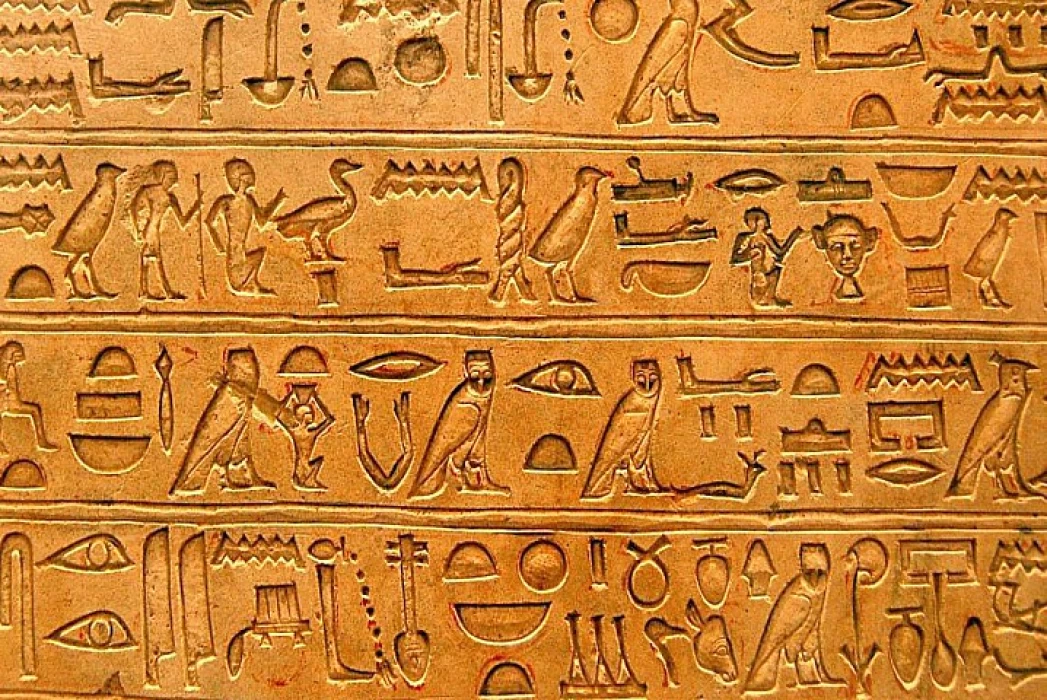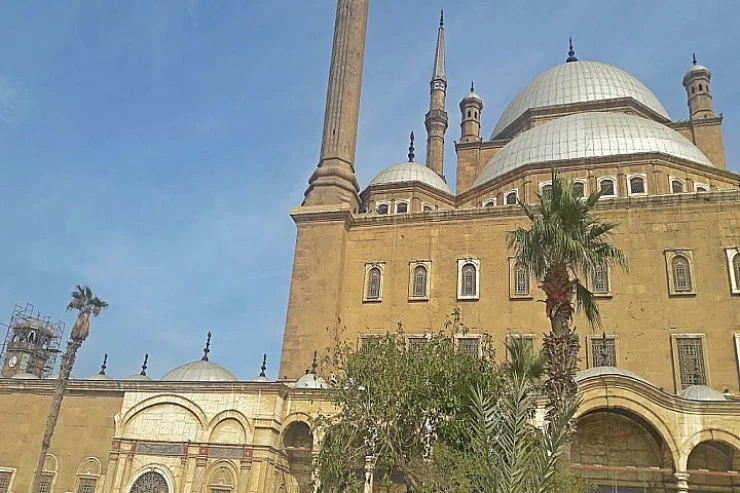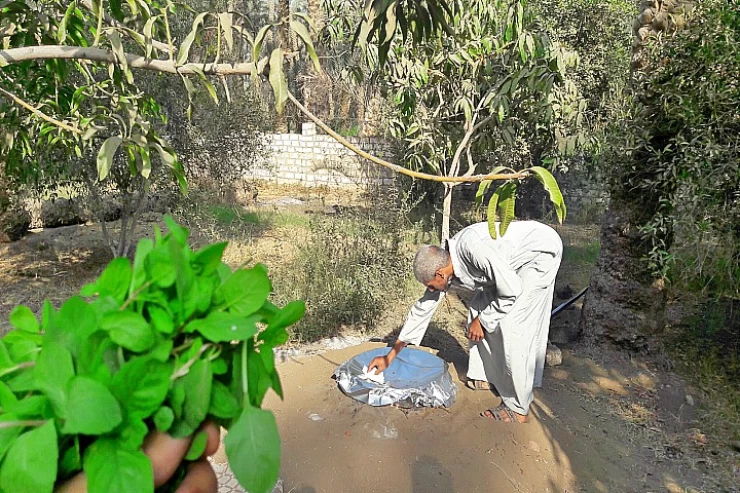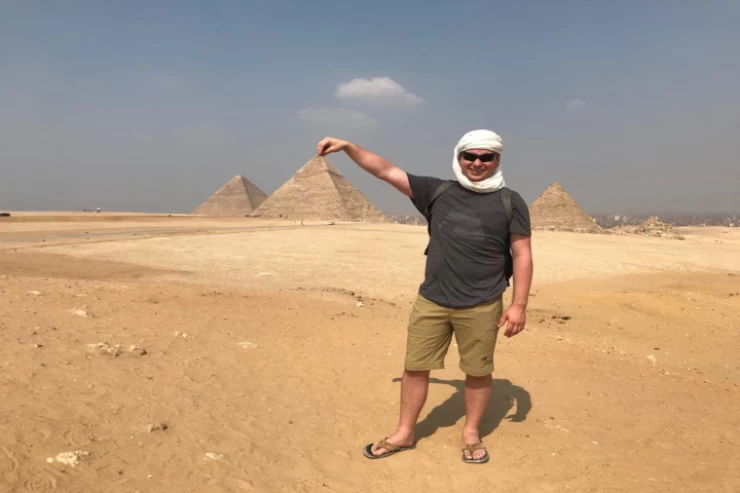
Ancient Egyptian Language
Facts about Ancient Egyptian Language
In the Pharaohs, hieroglyphs were used to carve and ornament religious texts, and the language of writing remained in circulation until the fourth century AD, when they were deciphered with the help of archaeological discovery of a rational stone by French Champollion.
Hieroglyphics were used as a style of official writing on the walls of temples, cemeteries, statues, stone and wood colored panels, but many think it is a language, which is a common mistake, because it is a kind of line such as the Arabic line that is a form of Arabic language writing, and for more details, we reached out to Dr. Hussein Abdul Basir, director of the Museum at Alexandria.
In 1822, the young French scientist Jean-François Champollion succeeded in solving the symbols of the ancient Egyptian language. Before that date, the Egyptian language was difficult to understand, and also the ancient Egyptian civilization was silent and mysterious. Thanks to it and thanks to a large number of scholars, the ancient Egyptian language now understands us.
Ancient Egyptian is an African (garrison) and Asian language (Semitic as Arabic). Ancient Egyptians invented the ancient Egyptian language about 3,000 before the birth of Jesus Christ, and it continued until about the tenth acute century, making it perhaps the oldest language to live in the world, reaching more than four thousand years old.
Perhaps the most prominent line of the ancient Egyptian language is "hieroglyphs" or "hieroglyphs", meaning "sacred inscription" in the language of the ancient people of Greece. Most of Egypt's pharaonic civilization has written inscriptions and writings in hieroglyphs, which are somewhat similar to the transcription line in our contemporary Arabic language. Ancient Egyptian literature is written in the language of the classical stage.
The ancient Egyptian language is now dead language, and we study this language to read and understand the texts of ancient Egyptians, and the ancient Egyptian writing system is different from the writing system of our present time, so we have to understand the system of arranging the placement of words in the sentence.
The words that Egyptians still use today without knowing that their origin belongs to the ancient Egyptian many and many, such as "mm", mean eating and food. "Empo" means drinking, and in Upper Egypt they say "Yitch Yaboui", and "Yith" comes from the ancient Egyptian word "Tah" means tightening or pulling, and "the soul of TF and a distant nose" and twisting is the sound of spitting, and the nose is the sound of nasal mucus.


















